On the Eve of Mass Production of Embodied Intelligent Robots: The Formation of the "Standard Machine Brain"
![]() 07/30 2025
07/30 2025
![]() 489
489
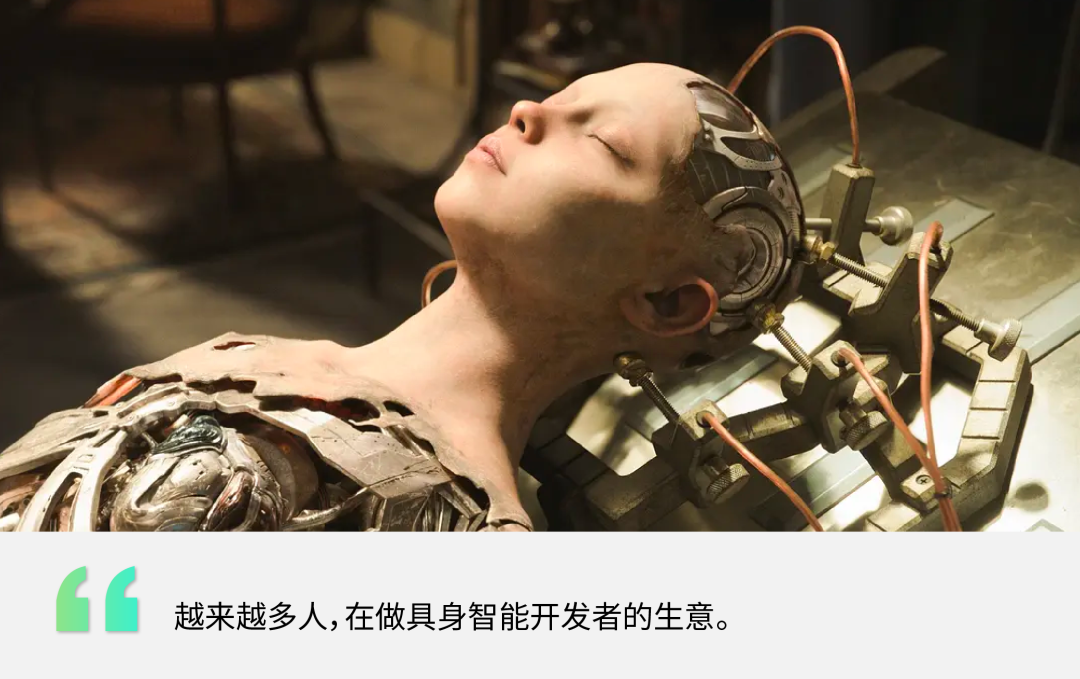
Author|Xiang Xin
In 2025, the emergence of large orders for humanoid robots signifies that mass production is within reach.
Six companies, including UBTech, Unitree Robotics, Galaxy General Robotics, Zhiyuan Robotics, and Zhongqing Robotics, have announced plans to mass-produce thousands of humanoid robots this year.
The first hurdle in achieving large-scale mass production lies in hardware development, integration, and cost control.
Balancing cost, development, and adaptability while ensuring performance is a formidable challenge on the path to mass production.
This is not only a concern for companies planning to mass-produce thousands of robots but also a hurdle that many embodied intelligent robot companies must overcome to expand their development and application scale.
Among all hardware components, the main controller has emerged as one of the largest "invisible thresholds" in robot applications. It serves as the fundamental platform for the robot's multimodal perception, decision-making, and control algorithms, akin to the hardware component of the embodied intelligent robot's brain.
It is estimated that if Tesla's Optimus achieves annual shipments of 300,000 units by 2028, the new market size for global high-performance main controllers could reach 10 billion yuan.
Currently, this largely overlooked 10 billion yuan market has been targeted by Intel, Zhixing Technology, and Horizon Robotics. The "standard machine brain" for future embodied intelligent robots is taking shape.
A notable phenomenon is the increasing number of "shovel sellers" in embodied intelligence.
Digua Robotics focuses on building an embodied intelligence ecosystem and providing a universal base for embodied intelligent robots. Wang Cong, CEO of Digua Robotics, believes that while consumer electronics may make Digua worth tens of billions, embodied intelligence has the potential to make it worth hundreds of billions.
As the commercialization of most embodied intelligent robots still requires long-term verification, companies entering the embodied intelligence battle have begun to aim to define the downstream industry from the upstream of the industrial chain. 
Main Controller: The Central Component of Embodied Intelligent Agents
When discussing the core components of embodied intelligent robots, actuators, sensors, lead screws, and motors often come to mind.
These components can be likened to the skin and bones of robots. In contrast, the main controller has traditionally been a relatively "invisible" yet crucial element.
The controller governs robot movement, perception, decision-making, and task execution, serving as the "neural center" for autonomous behavior.
The main controller is responsible for global decision-making, resource scheduling, and core logic control within the robot system. It is equivalent to the robot's physical "brain" and the central component of the embodied intelligent agent. 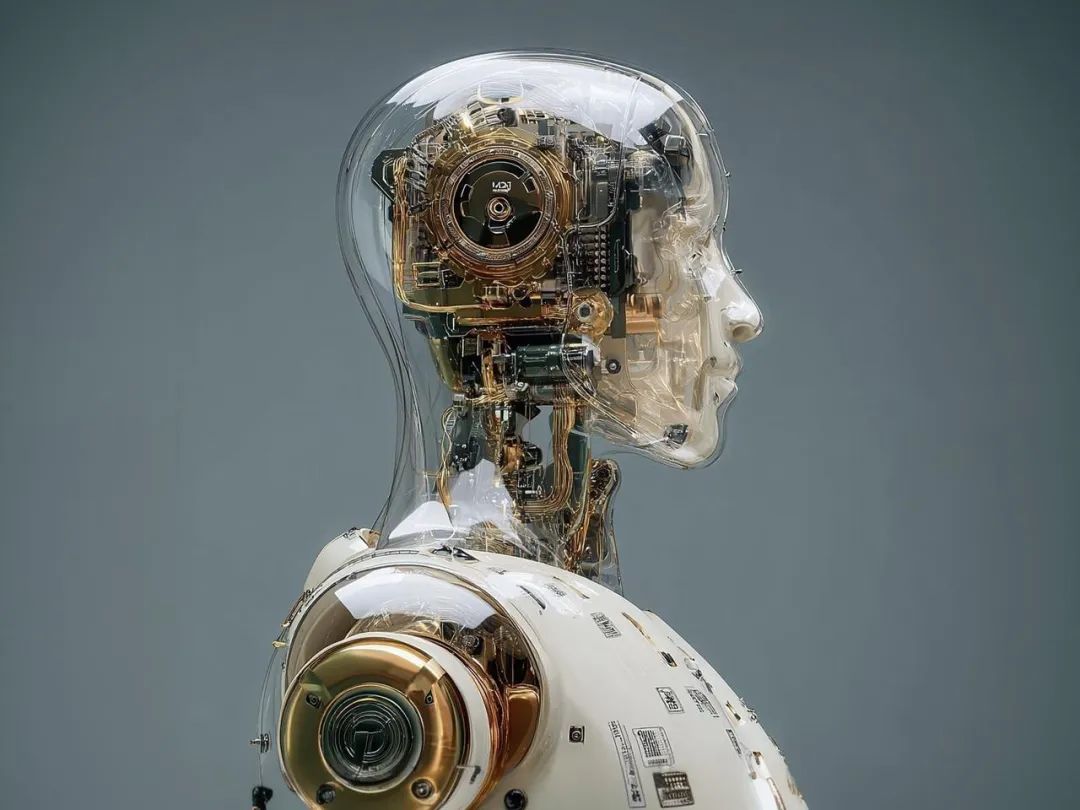
The main controller serves two core functions:
From a hardware perspective, it serves as the information data interaction center of the robot body, facilitating the exchange of sensor and actuator information and data.
From a software perspective, it houses the robot's "intelligent soul." Multimodal perception algorithms, decision-making logic, and motion control programs rely on it for a stable and efficient operating environment.
In the realm of robot controllers, the combination of X86+AI chips (such as Intel Core processors + independent AI acceleration chips, AMD Ryzen processors + dedicated neural network chips, etc.) is a common industry solution. It consists of two or more devices, with the "cerebrum" handling perception and decision-making and the "cerebellum" managing control and execution.
This "general-purpose computing + dedicated acceleration" design allows developers to tailor hardware configuration and software algorithms to specific scenarios, offering strong development flexibility.
However, in the X86+AI chip combination, the separate hardware architectures of the cerebrum and cerebellum necessitate data interaction and functional coordination across hardware, leading to issues such as challenging sensor data fusion, high data latency, low real-time control accuracy, high power consumption, and limited space for size optimization.
Xiong Rong, chief scientist of the Zhejiang Humanoid Robot Innovation Center, explains that when the robot's cerebrum and cerebellum are separated, some sensors are controlled by the cerebrum, resulting in excessive information transmission, which not only demands high network bandwidth but also introduces latency. Thus, the hardware separation of the cerebrum and cerebellum complicates multi-sensor fusion for researchers.
In dynamic scenarios, latency can disrupt the "perception - decision-making - execution" loop, leading to risks like imbalance and collision and reducing the precision of robot task execution. For industrial assembly and precision operations, this precision error could even cause production accidents.
Yan Yu, Senior R&D Engineer of Intel China's Edge Computing Business Unit for Robot Products, believes that tight integration and low-latency data interaction are crucial for robot vision and motion control, indicating the industry's need for a cerebrum-cerebellum fusion solution in the future.
In scenarios where dynamic perception, real-time control, and high-intensity computing coexist, the "cerebrum-cerebellum separation" architecture is increasingly struggling to meet the development and deployment needs of embodied intelligent robots.
A main controller truly geared towards large-scale mass production must balance high computing power, low power consumption, easy deployment, and cost controllability while satisfying the requirements of "cerebrum-cerebellum integration." 
Cerebrum-Cerebellum Fusion: The Evolutionary Direction of the Next-Generation Machine Brain
Over the past decade, assisted driving has accelerated the maturation of AI chips, sensors, and control systems. Now, these capabilities are being transferred to the field of embodied intelligence by a host of industry players.
The robot's main controller has emerged as one of the most valuable bridges for this industrial migration.
"Cerebrum-cerebellum fusion" is shaping up to be the primary evolutionary direction for the next-generation embodied intelligent main controller.
To address the pain points of "cerebrum-cerebellum separation" in previous solutions, Intel, Zhixing Technology, and Horizon Robotics-affiliated Digua Robotics have unveiled embodied intelligent robot solutions featuring cerebrum-cerebellum fusion.
In April this year, Intel introduced an embodied intelligent cerebrum-cerebellum fusion solution based on Core Ultra series processors. These processors integrate CPU, GPU, and NPU, where:
The CPU supports complex motion control;
The GPU handles embodied intelligence tasks like environmental perception and task recognition;
The NPU carries out AI tasks requiring long-running operations, such as speech recognition, real-time visual processing, and sensor data analysis. 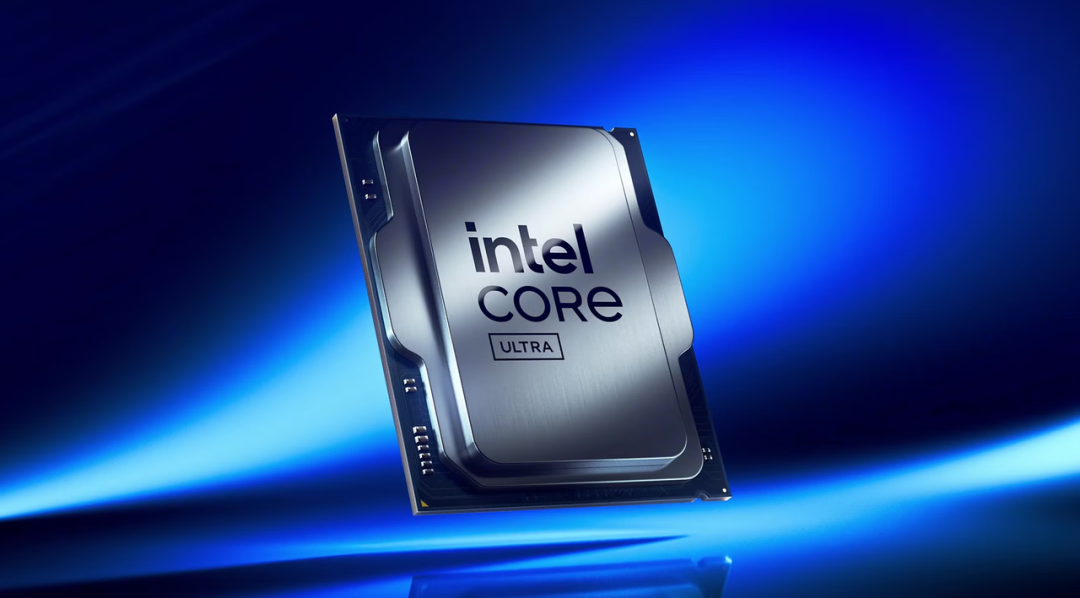
Intel Core Ultra Processor (2nd Generation)
Simultaneously, Intel launched an embodied intelligent software development kit to expedite customer application deployment and the operation of algorithms and applications. It provides cross-platform AI model optimization tools and end-to-end process acceleration solutions, simplifying the solution-building process.
Intel's foray into embodied intelligence leverages its chip platform capabilities as the anchor point. Meanwhile, the collaboration between Digua Robotics and Zhixing Technology involves "packaging" autonomous driving technology and engineering systems into the embodied intelligence field.
Recently, Zhixing Technology and Digua Robotics jointly unveiled Aimo Star iRC100, a new main controller for embodied intelligence, planned for official release within the year. It will be implemented and promoted by Aimo Star Robotics, a wholly-owned subsidiary of Zhixing Technology focused on robot research and development. 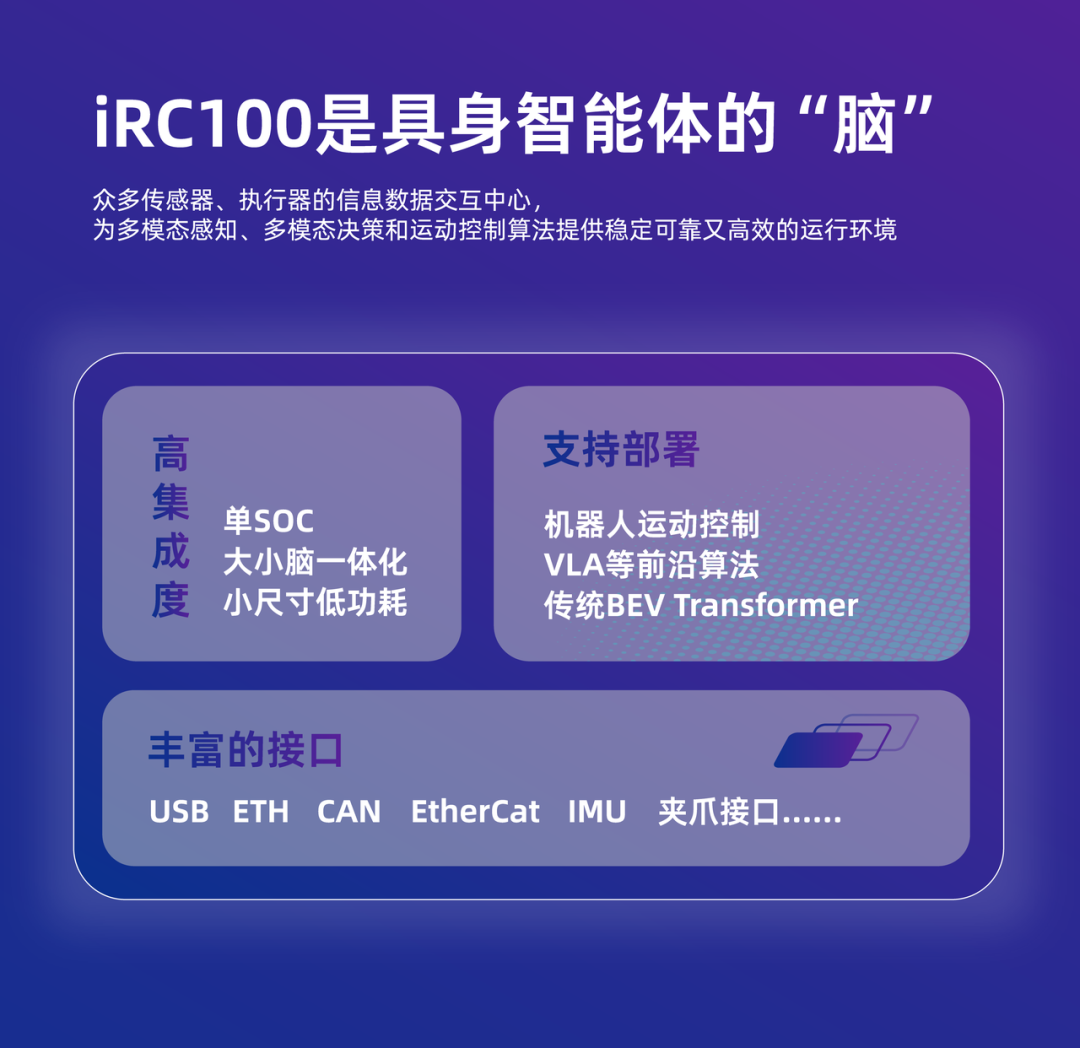
Digua Robotics, a subsidiary of Horizon Robotics and formerly the AloT Business Unit of Horizon Robotics, signifies a deepening of the strategic partnership between Zhixing Technology and Horizon Robotics, two leading assisted driving companies.
Aimo Star iRC100 is built on the RDK S100P intelligent computing platform launched by Digua Robotics for embodied intelligence.
Similar to the Intel solution, RDK S100P adopts a "cerebrum-cerebellum fusion" SoC architecture, integrating three processing units: CPU + BPU + MCU:
The "cerebrum" offers 137K DMIPS CPU and 128 TOPS BPU inference capabilities, balancing speed and power consumption;
The "cerebellum" provides 6K+ DMIPS MCU computing power, supporting high-precision, low-latency real-time motion control. 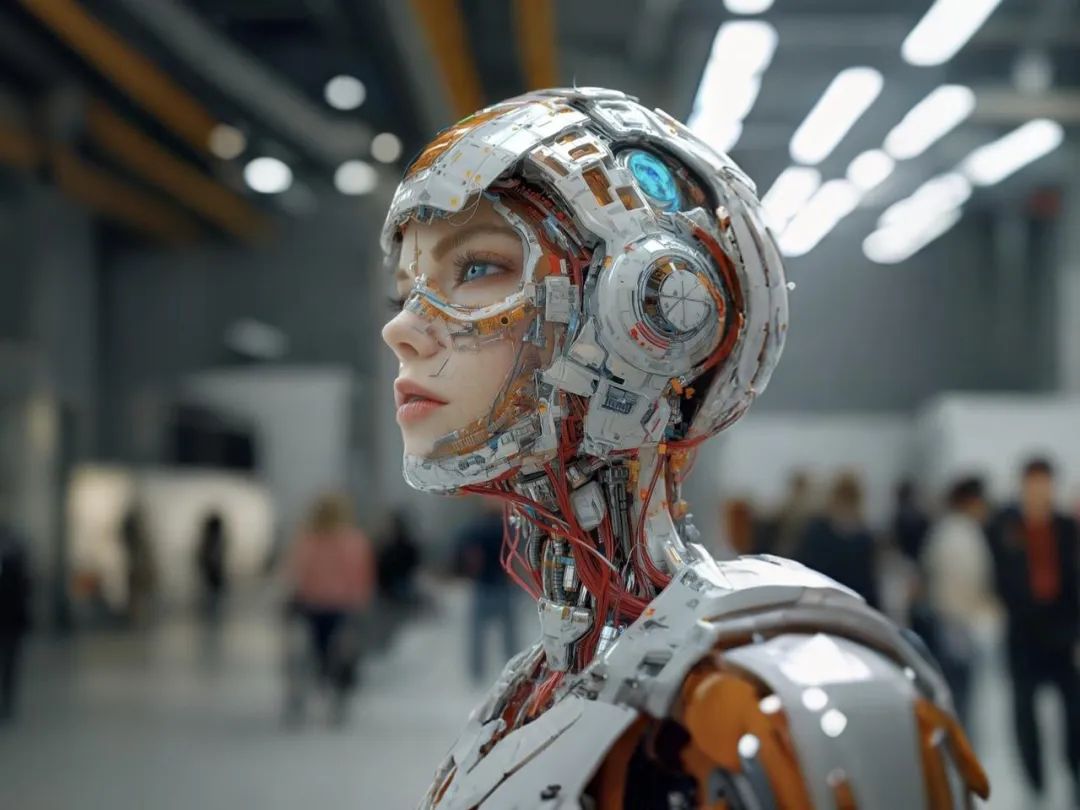
Aimo Star iRC100 supports the deployment of traditional BEV Transformer and advanced algorithms like robot motion control algorithms and VLA, featuring rich interfaces capable of meeting the sensor and actuator access needs of various embodied intelligent robots.
Additionally, Aimo Star iRC100 offers a full-stack solution encompassing hardware design and manufacturing, underlying software, middleware, and model deployment. Whether it's complete functional deployment or the basic environment of underlying hardware and software, it can be configured according to customer needs.
From algorithm operation efficiency, compatibility, interface expansion, and ecological adaptation, Aimo Star iRC100 has undergone comprehensive hardware and software integration optimizations, demonstrating robust technical completeness and industrial landing capabilities.
This underscores the core value behind the cerebrum-cerebellum fusion trend: it not only addresses the technical bottlenecks of the traditional separated control architecture but also lowers the thresholds for development and deployment in robot mass production, making the "machine brain" a standardized and scalable basic platform.
Despite similarities in ecological and functional support, Aimo Star iRC100 and Intel's embodied intelligent cerebrum-cerebellum fusion solution differ in market positioning. Intel's solution emphasizes a general-purpose computing platform, focusing on performance openness and ecological construction.
Intel offers an AI computing power product portfolio ranging from entry-level to over 1000 TOPS, suitable for building various embodied intelligent solutions.
The Aimo Star controller prioritizes mass production and delivery, with its first product, iRC100, targeting the hundred Tops computing power segment.
In terms of mass production capabilities, the Aimo Star controller inherits Zhixing Technology's automotive-grade mass production experience, boasting stronger engineering controllability and cost control. It is more oriented towards industrial delivery and commercial use, offering a market advantage of high performance, reliability, and cost competitiveness. 
The Rise of "Shovel Sellers" in Embodied Intelligence
Two companies from the assisted driving sector have joined forces to cross over into embodied intelligence, choosing the main controller, a core component, as their entry point rather than the entire robot. This move reflects a shift in industrial trends: compared to directly manufacturing robot bodies, more companies are willing to become "shovel sellers" of embodied intelligence first.
Last year, the spotlight was on humanoid robot body manufacturers; this year, the focus has shifted to the ecological foundation of embodied intelligence.
"Shovel sellers" in embodied intelligence, who build software and hardware platforms, develop key components, and provide standard interfaces and development environments, have emerged from behind the scenes to share the stage with "gold diggers." Simultaneously, more companies are crossing over to become "shovel sellers."
Currently, four types of typical "shovel sellers" have emerged in the embodied intelligence industry:
First, technology giants like NVIDIA and Intel provide underlying computing chips and development platforms, offering core computing power support for the entire embodied intelligence ecosystem.
Second, robot core component manufacturers cover suppliers of key devices such as dexterous hands, motors, sensors, and lead screws, including companies like Green Harmonic Drive and Micro Motor.
The third category comprises technology migration enterprises from the autonomous driving sector, including Aimo Star, a subsidiary of Zhixing Technology, and Digua Robotics, incubated by Horizon Robotics. These enterprises are leveraging the chip, algorithm, and control system capabilities amassed in autonomous driving to develop embodied intelligent robots.
The fourth category encompasses internet platform enterprises such as Huawei, Baidu, and ByteDance. These companies provide cloud services, large models, and semantic capabilities, and are constructing the "AI operating system" within the realm of embodied intelligence.
From a technical perspective, these "shovel sellers" can be categorized into two groups:
One group has been deeply entrenched in hardware components within the robot industry chain for an extended period.
The other group originates from AI domains like autonomous driving and large models, extending their mature technologies into embodied intelligence scenarios.
The rising significance of "shovel sellers" is evident in the dual feedback from capital and the market.
At the capital level, Digua Robotics, which specializes in robot universal platforms, has secured funding of up to 100 million USD. Similarly, Yinsi Robotics, Lingxin Qiaoshou, and Aoyi Technology in the dexterous hand field have obtained funding of nearly 100 million yuan this year, emerging as the new trendsetters. 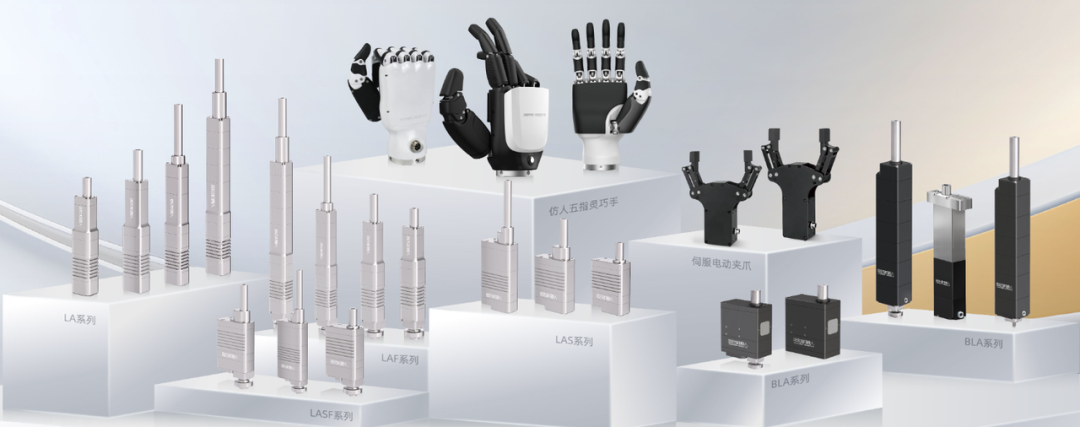
InTime Robotics Products
At the market level, chip shipments developed by Digua Robotics have surpassed 5 million units, maintaining an annual growth rate of millions of shipments.
InTime Robotics shipped approximately 2,000 dexterous hands in 2024, and just halfway through 2025, its sales of dexterous hands have exceeded 4,000 units, positioning it as a crucial supplier of standard components for downstream OEMs.
So, why are "shovel sellers" becoming pivotal players in the embodied intelligence race?
The primary reason is that current hardware and software technologies for embodied intelligence are yet to converge, and the industrial chain is still in its nascent stages of construction. This leaves vast definition space and innovation opportunities for "shovel sellers".
Furthermore, embodied intelligence robots have not established a stable commercialization path, with fragmented terminal applications and a strong pilot nature. OEMs prefer to adopt software and hardware platforms characterized by short development cycles, high modularity, and flexible adaptability to minimize trial-and-error costs and deployment thresholds.
Particularly at the "brain" level, the industry has not yet reached a technical consensus or standardized solution. Instead, engineering capabilities have become the focal point of competition. Players who can provide underlying capabilities for stable operation, low-power deployment, and high-frequency updates stand a greater chance of being the first to introduce products into real-world scenarios.
As embodied intelligence robots gradually progress towards mass production, the industry is undergoing a comprehensive examination of software and hardware integration, cost control, and standard platform construction.
Those "shovel sellers" who establish general capabilities early in this examination may well become the most critical ecological cornerstone for the next stage of development.








